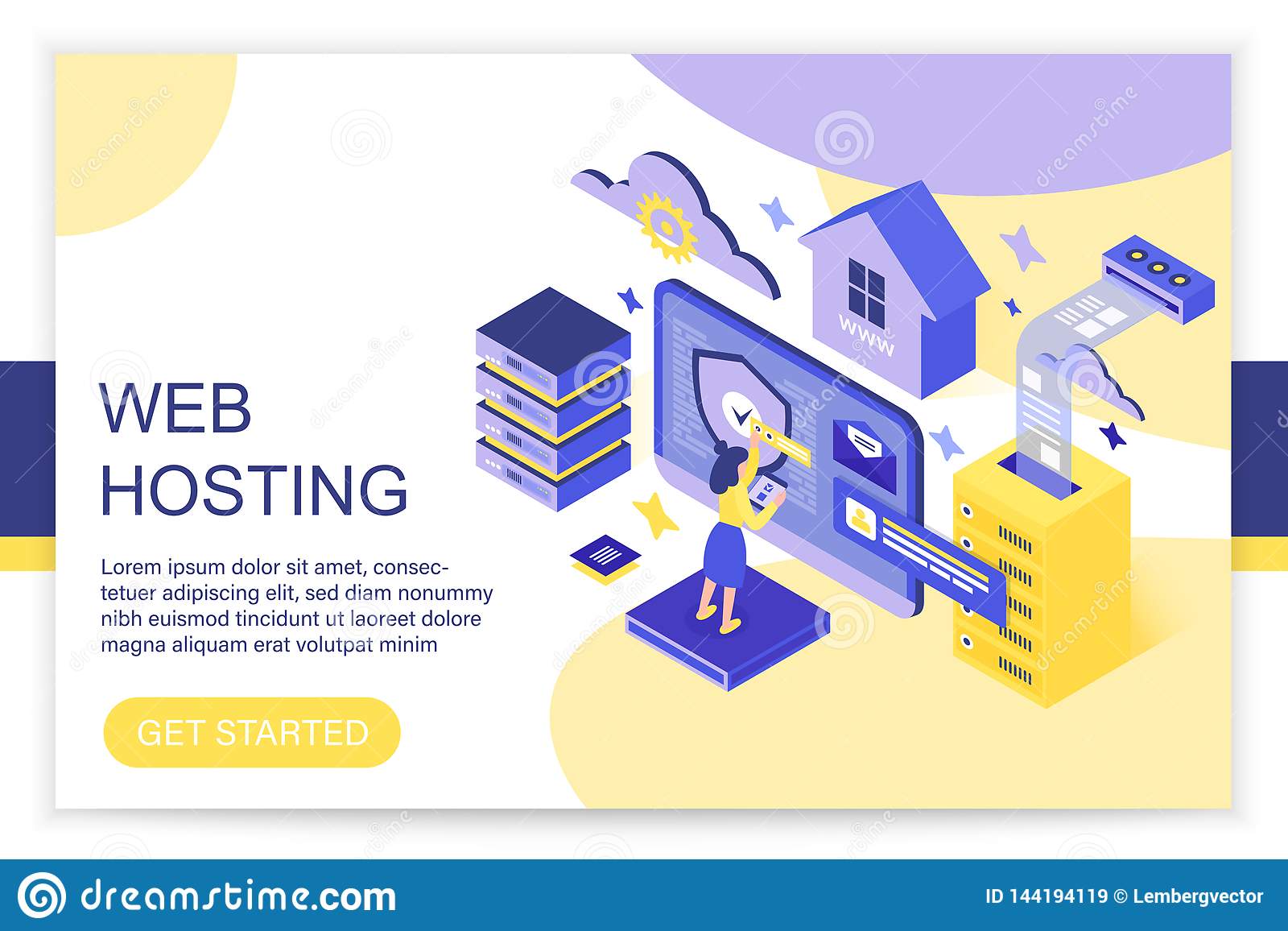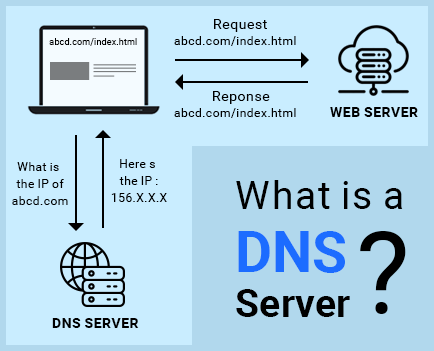
Docker web server is an application container that runs on multiple operating system and uses minimal resources. Docker comes with a few advantages over virtualization, including security and deployment speed. Docker is best if your application needs to be run on different operating systems, like Linux or Windows.
The first step is to create a docker file that instructs Docker how to launch the container. Then, you can create and deploy your containers, customizing them to meet your needs.
Apache dockerfile (text file): This is a file without an extension that tells Docker where to locate the image, what files to download from DockerHub, and on which port to publish a container. The file can also be used to configure a Docker container.

Docker is a free software that allows users to package and install applications on computers without the need for manual installation. It is especially useful for enabling development teams to share application configuration and work together on projects.
Docker can be used for managing a large number of dependencies, including language runtimes, databases, and server software. This makes it easy to create a complete application package.
You can start using Docker with a basic image that runs Apache HTTPD as a webserver if you're unsure. This is a lightweight container that only uses 8.7 mb of RAM and has very low CPU usage. This can be run even on a Raspberry Pi.
The next step involves setting up the container so that it runs as a TCP-based process, and mapping a TCP-based port to a port open on your host. This can be done by adding the EXPOSE option to the container's command docker-run.

This causes the container's port 8080 to be mapped with the host TCP port. By using the docker-network command, you can connect containers via a secure private network.
The Docker network command is particularly useful for allowing remote containers to communicate with each other over any port, rather than just specific ports that have been exposed by the container. This command allows for easy setup of multi-port network and networking features such as firewalling.
FAQ
How do I design a website.
First, you need to know what your customers want from your site. What do your customers want from you when they visit your website?
What other problems could they face if they can't find the information they need on your website?
You now need to know how to fix the problems. It is also important to ensure your site looks great. It should be easy for users to navigate.
Your site should be extremely well designed. Make sure that it doesn't take too long to load. If it takes too many seconds, people won’t be able stay as long. They will move on to something else.
You need to consider where your products are located when you build an eCommerce website. Are they in one place? Are they scattered about your site?
You must decide whether to sell one product only or many products simultaneously. Do you want to sell just one type of product or multiple kinds?
After you've answered these questions, it is possible to start building your website.
Now it is time for you to concentrate on the technical aspect of things. How will your site work? Will it be fast enough? Are people able to get it done quickly from their computers?
Will people be able to buy something without having to pay extra? Are they required to register before they can buy anything?
These are the essential questions you should ask yourself. You'll be able to move forward once you have the answers to these important questions.
What technical skills do I need to design and construct my site?
No. All you need to understand HTML and CSS. You can find tutorials online for HTML and CSS.
What should I include in my Portfolio?
These are the things you should include in your portfolio:
-
Examples of your previous work.
-
If possible, links to your site
-
Your blog may have links
-
Links to social media profiles
-
Here are links to portfolios online of other designers.
-
Any awards you've been awarded.
-
References.
-
Samples of your work.
-
These are links showing you how to communicate effectively with clients.
-
Links showing you're willing to learn new technologies.
-
You are flexible, these links will show it.
-
Links that show your personality
-
Videos showing your skills.
Can I use a template or framework on my website?
Yes! Pre-built templates and frameworks are often used when building websites. These templates include all of the code required to display the information on your webpage.
These are some of the most requested templates:
WordPress - one of the most popular CMSes
Joomla - Joomla is another popular open-source CMS
Drupal - an enterprise-level solution that large organizations use
Expression Engine – A Yahoo proprietary CMS
Each platform offers hundreds of templates. Finding the right template should be simple.
Is web development difficult?
Although web development isn't easy, there are many resources online that will help you get started.
You just need to find the right tools for yourself and follow them step by step.
YouTube and other platforms have many tutorials. You can also use free online software such as Notepad++, Sublime Text, etc.
Books are also available in libraries and bookstores. These are some of the most well-known:
O'Reilly Media presents "Head first HTML & CSS".
"Head First PHP & MySQL 5th Edition" by O'Reilly Media
Packt Publishing, "PHP Programming For Absolute Beginners",
I hope this article was helpful.
What is Website Design Software and How Does It Work?
Web design software is used to create web pages and other digital media by graphic artists, photographers and illustrators.
There are two types main website design software options: desktop apps and cloud-based. Desktop apps are downloaded to your computer locally and you will need additional software. Cloud-based apps are hosted remotely on the Internet and do not require any additional software. This makes them perfect for mobile users.
Desktop Applications
While desktop applications have more features than cloud-based options, they're not always needed. Some people prefer to work only from a desktop application because it is more convenient. Some prefer to use the exact same tool whether they're using a smartphone or a laptop.
Cloud-Based Solutions
Web designers who want to save time and money should choose a cloud-based solution. These services make it possible to edit any type document from anywhere with an Internet connection. You can use your tablet to work while you wait for your coffee brew.
If you decide to use a cloud service, you will still need a license. However, additional licenses are not required to upgrade to a newer version.
You can use these programs to create web pages if you own a copy of Photoshop, InDesign, Illustrator, or another Adobe product.
What is a responsive web design?
Responsive Web Design (RWD), is an approach to designing responsive websites. Content will display correctly on all devices, such as smartphones, tablets, laptops, tablets, and desktop computers. This allows visitors to view the website on one device and access other features like buttons, navigation menus, etc. RWD is intended to ensure that any user viewing a site views the exact version on their screen.
For example, if you were building a website for a company whose products sell primarily through eCommerce, you would want to ensure that even if a customer viewed your website on a smartphone, they could easily purchase items from your store.
A responsive site will automatically adjust its layout based on the device being used to view it. Your laptop will view the website exactly as a normal desktop site. It will look different if you view the page from your phone.
This allows you to create one website that works on all devices.
Statistics
- It's estimated that chatbots could reduce this by 30%. Gone are the days when chatbots were mere gimmicks – now, they're becoming ever more essential to customer-facing services. (websitebuilderexpert.com)
- Is your web design optimized for mobile? Over 50% of internet users browse websites using a mobile device. (wix.com)
- When choosing your website color scheme, a general rule is to limit yourself to three shades: one primary color (60% of the mix), one secondary color (30%), and one accent color (10%). (wix.com)
- At this point, it's important to note that just because a web trend is current, it doesn't mean it's necessarily right for you.48% of people cite design as the most important factor of a website, (websitebuilderexpert.com)
- Did you know videos can boost organic search traffic to your website by 157%? (wix.com)
External Links
How To
What is Website Hosting?
Website hosting describes where visitors go when they visit a site. There are two types.
-
Shared hosting is the cheapest. Your website files reside on a server controlled by someone else. Customers visiting your website send their queries over the Internet, to that server. The server owner then forwards the request to you.
-
Dedicated hosting is the most expensive option. Your website is hosted entirely on one server. There are no other websites sharing space on the server. Your traffic remains private.
Shared hosting is preferred by most businesses because it's cheaper than dedicated hosting. With shared hosting, the company that owns the server provides the resources needed to run your website.
There are pros and disadvantages to each option. Here are the differences:
Pros of Shared Hosting
-
Lower Cost
-
Simple to Setup
-
Frequent Updates
-
It can be found on many web hosting companies
Shared hosting can often cost as little as $10/month. But keep in mind that this price usually includes bandwidth. Bandwidth is the data transfer speed that you have over the Internet. You may have to pay extra for large amounts of data, even if your blog only contains photos.
You'll soon discover why you paid so much more for your previous host when you get started. Most shared hosts provide very limited customer support. Their techs will occasionally walk you through setting up your site, but you're on your own after that.
A provider with 24-hour telephone support is a good choice. They will attend to any issues you have while you sleep.
Cons of dedicated hosting
-
More Expensive
-
Less Common
-
Requires Special Skills
With dedicated hosting, everything you need for your website is at your fingertips. You won’t need to worry whether you have enough bandwidth or enough RAM (random address memory).
This means you'll have to spend more upfront. However, once you start running your business online, you'll find that you won't need much technical assistance. You'll soon be an expert at managing servers.
Which Is Better For My Business:
The answer will depend on the type and purpose of your website. If you are selling products, shared hosting may be the best option. It is simple to set up and easy to maintain. And since you're sharing a server with many other sites, you'll likely receive frequent updates.
However, dedicated hosting can be a great option if you're looking to build a community around the brand. Instead of worrying about traffic, you can concentrate on building your brand.
Bluehost.com is the best web host for both. They offer unlimited data transfers per month, 24/7 support and free domain registration.